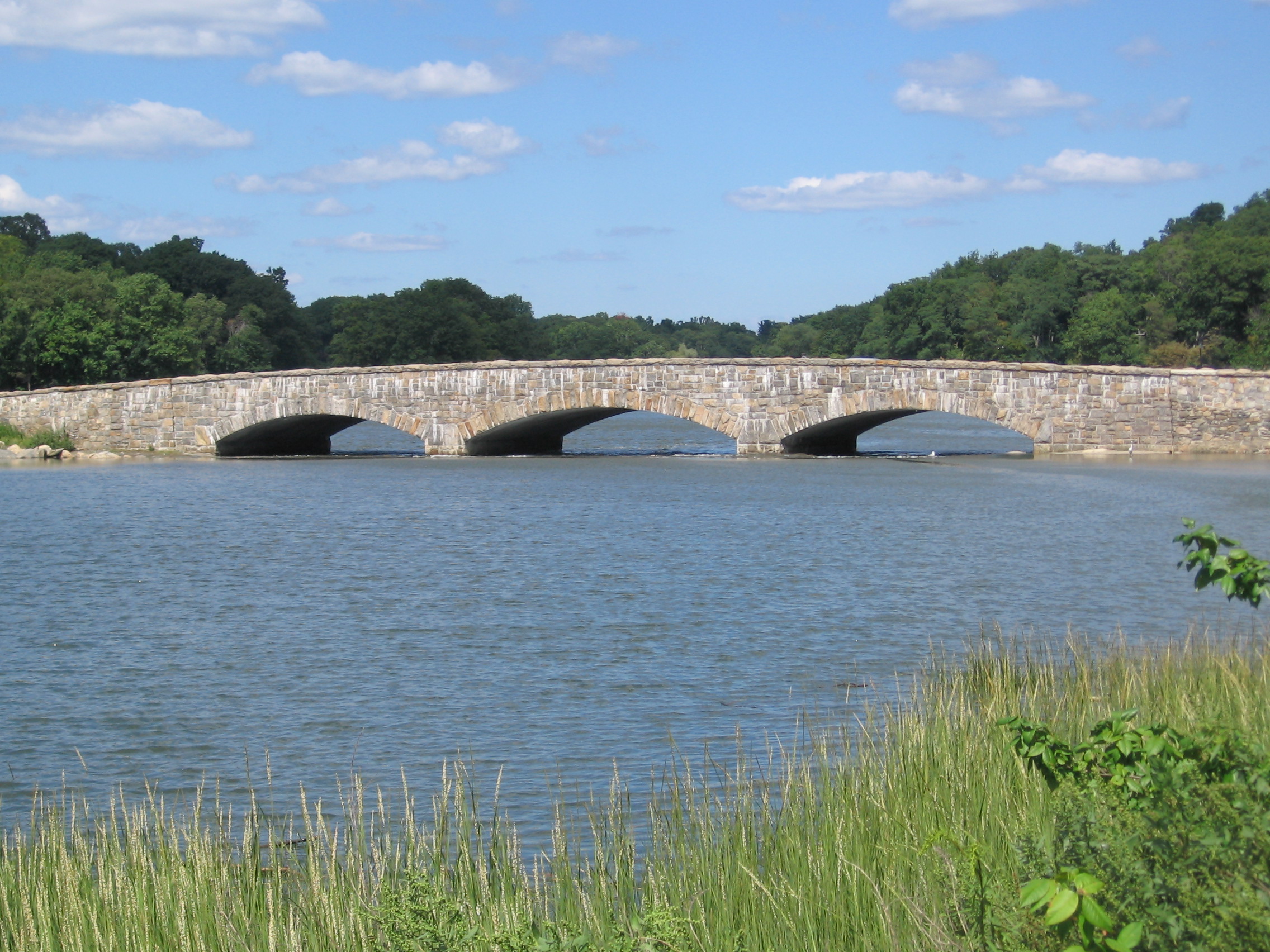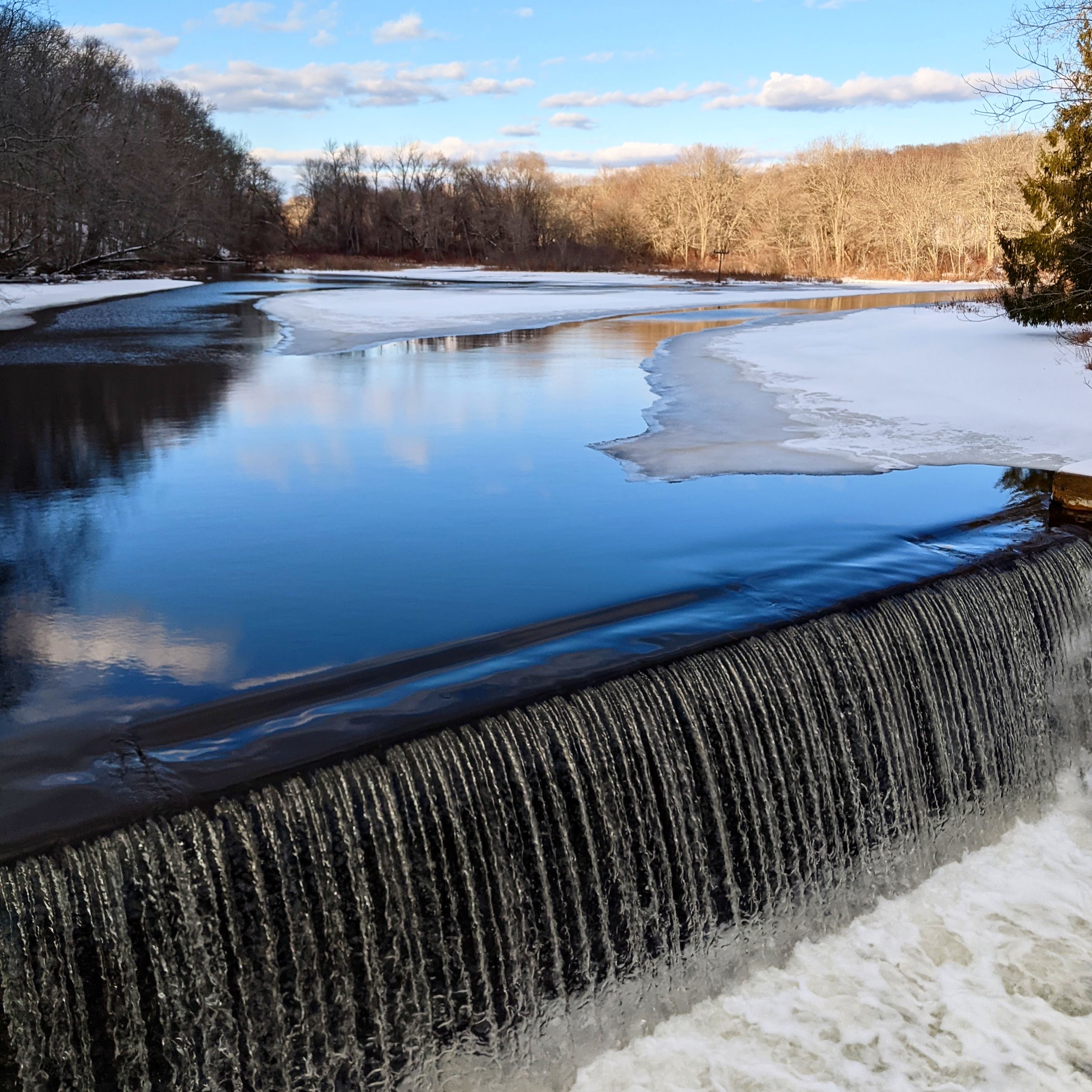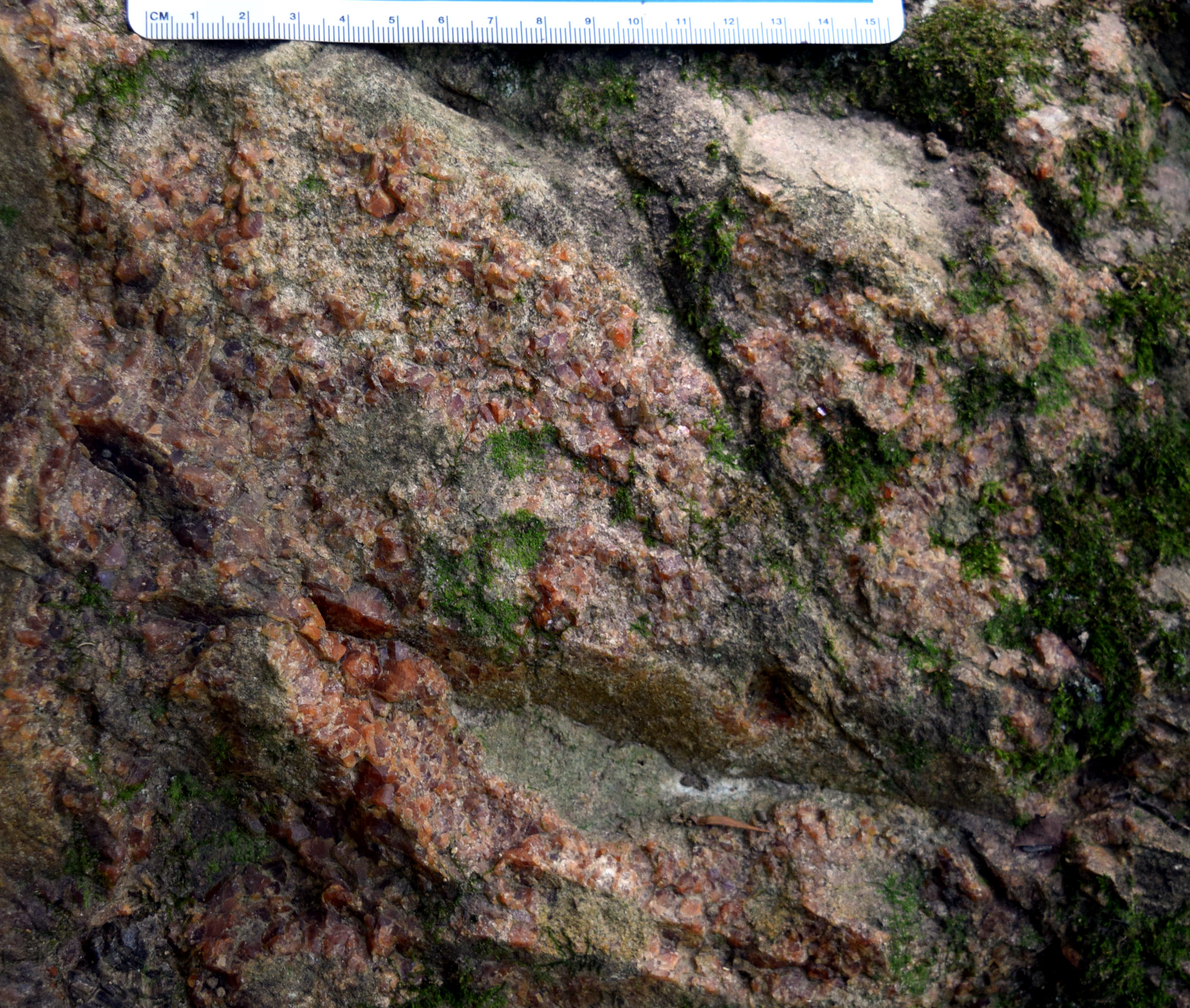|
List Of Connecticut Locations By Per Capita Income
In terms of per capita income, Connecticut is the richest state in the United States of America. As at 2019, Connecticut had a per capita income of $44,496. All data is from the 2010 United States Census and the 2011-2015 American Community Survey 5-Year Estimates. Despite its high per capita income, Connecticut is mainly a middle-class state. Most of Connecticut’s wealth is concentrated in Fairfield County, which contains many affluent suburbs in Connecticut. Fairfield County is very close to New York City. Other areas of wealth in the state include suburbs surrounding New Haven and Hartford, as well as pockets of Litchfield County. Counties Incorporated county subdivisions (missing towns of Guilford and Eastford) References {{Connecticut Connecticut Economy of Connecticut Income Income is the consumption and saving opportunity gained by an entity within a specified timeframe, which is generally expressed in monetary terms. Income is difficult to define ... [...More Info...] [...Related Items...] OR: [Wikipedia] [Google] [Baidu] |
Fairfield County, Connecticut
Fairfield County is a County (United States), county in the southwestern corner of the U.S. state of Connecticut. It is the List of counties in Connecticut, most populous county in the state and was also its fastest-growing from 2010 to 2020. As of the 2020 United States census, 2020 census, the county's population was 957,419, representing 26.6% of Connecticut's overall population. The closest to the center of the New York metropolitan area, the county contains four of the state's top 7 largest cities—Bridgeport, Connecticut, Bridgeport (1st), Stamford, Connecticut, Stamford (2nd), Norwalk, Connecticut, Norwalk (6th), and Danbury, Connecticut, Danbury (7th)—whose combined population of 433,368 is nearly half the county's total population. The United States Office of Management and Budget has designated Fairfield County as the Greater Bridgeport, Bridgeport-Stamford-Norwalk-Danbury metropolitan statistical area. The United States Census Bureau ranked the metropolitan area a ... [...More Info...] [...Related Items...] OR: [Wikipedia] [Google] [Baidu] |
Glastonbury, Connecticut
Glastonbury ( ) is a town in Hartford County, Connecticut, United States, formally founded in 1693 and first settled in 1636. It was named after Glastonbury in Somerset, England. Glastonbury is on the banks of the Connecticut River, southeast of Hartford, Connecticut, Hartford. The town center is defined by the U.S. Census Bureau as a census-designated place (CDP). The population was 35,159 at the 2020 United States Census, 2020 census. History In 1636, 30 families settled in Pyaug, a tract of land belonging to Wethersfield, Connecticut, Wethersfield on the eastern bank of the Connecticut River, bought from the Native American Tribal chief, chief Sowheag for of trading cloth. In 1672, the General Court granted Wethersfield, Connecticut, Wethersfield and Hartford, Connecticut, Hartford permission to extend Pyaug's boundary line to the east. By 1690, Wethersfield had permitted Pyaug residents to form a separate town and, the town of Glassenbury was created in 1693. The ties hav ... [...More Info...] [...Related Items...] OR: [Wikipedia] [Google] [Baidu] |
Fairfield, Connecticut
Fairfield is a town in Fairfield County, Connecticut, United States. It borders the city of Bridgeport and towns of Trumbull, Easton, Weston, and Westport along the Gold Coast of Connecticut. Located within the New York metropolitan area, it is around 43 miles northeast of Midtown Manhattan. As of 2020 the town had a population of 61,512. History Colonial era In 1635, Puritans and Congregationalists in the Massachusetts Bay Colony, were dissatisfied with the rate of Anglican reform, and sought to establish an ecclesiastical society subject to their own rules and regulations. The Massachusetts General Court granted them permission to settle in the towns of Windsor, Wethersfield, and Hartford which is an area now known as Connecticut. On January 14, 1639, a set of legal and administrative regulations called the Fundamental Orders was adopted and established Connecticut as a self-ruling entity. By 1639, these settlers had started new towns in the surrounding areas. ... [...More Info...] [...Related Items...] OR: [Wikipedia] [Google] [Baidu] |
Lyme, Connecticut
Lyme is a New England town, town in New London County, Connecticut, New London County, Connecticut, United States, situated on the eastern side of the Connecticut River. The population was 2,352 at the 2020 United States Census, 2020 census. Lyme is the eponym of Lyme disease. History In February 1665, the portion of the territory of the Saybrook Colony east of the Connecticut River was set off as the plantation of East Saybrook, which included present-day Lyme, Old Lyme, Connecticut, Old Lyme, and the western part of East Lyme, Connecticut, East Lyme. In 1667, the Connecticut General Court formally recognized the East Saybrook plantation as the town of Lyme, named after Lyme Regis, a coastal town in the south of England. The eastern portion of Lyme (bordering the town of Waterford, Connecticut, Waterford) separated from Lyme in 1823 and became part of East Lyme. The southern portion of Lyme (along Long Island Sound) separated in 1855 as South Lyme (renamed Old Lyme in 1857). Both ... [...More Info...] [...Related Items...] OR: [Wikipedia] [Google] [Baidu] |
Essex, Connecticut
Essex is a town in Middlesex County, Connecticut, United States. The population was 6,733 at the 2020 census. It is made up of three villages: Essex Village, Centerbrook, and Ivoryton. History The Great Attack Essex is one of the few American towns to have ever been attacked by a foreign power; this occurred on April 8, 1814, and the economic losses were among the largest sustained by the United States during the War of 1812. 28 vessels, with a total value estimated to be close to $200,000 (at a time when a very large two story home in Essex, then known as Potapoug Point, would have been worth no more than $1,000), were destroyed by the British. One historian has called it the "Pearl Harbor" of that war. On that date, approximately 136 British marines and sailors under the command of Richard Coote (or Coot"Essex", Mary Murphy, the Hartford Courant, April 25, 2007, Middlesex County advertising supplement page 1.) rowed 6 boats from four British warships (the , , ''Maidst ... [...More Info...] [...Related Items...] OR: [Wikipedia] [Google] [Baidu] |
Bridgewater, Connecticut
Bridgewater is a town in Litchfield County, Connecticut, United States. The population was 1,662 at the 2020 census, down from 1,727 at the 2010 census. Bridgewater is well known as being a weekend getaway for wealthy New Yorkers, due to its scenic wooded areas, location on the banks of Lake Lillinonah and close proximity to New York City. Bridgewater was the only remaining dry town in Connecticut until voters approved the sale of alcohol in a 2014 referendum, by a 660–246 vote. The Bridgewater Country Fair is a popular annual event held every August, attracting visitors from all over New England and the Tri-state area. Geography Bridgewater is in southwestern Litchfield County and is bordered by Fairfield County to the south and New Haven County to the southeast. According to the United States Census Bureau, the town has a total area of , of which are land and , or 5.27%, are water. Bridgewater is located on the northeast bank of the Housatonic River, on a section that is imp ... [...More Info...] [...Related Items...] OR: [Wikipedia] [Google] [Baidu] |
Easton, Connecticut
Easton is a town in Fairfield County, Connecticut, United States. The population was 7,605 at the time of the 2020 census. Easton contains the historic district of Aspetuck and the Plattsville census-designated place. Part of the Greater Bridgeport area, which is in turn a part of the New York metropolitan statistical area, it is bordered by the towns of Fairfield, Connecticut to the south, Redding to the north, Weston to the west, and Monroe and Trumbull to the east. History Easton was first settled in 1757 by men and women from Fairfield. In 1762 a congregation called the North Fairfield Society was established, and it gradually evolved into Easton. In 1787 Weston, then including lands now defined as Easton, was incorporated out of Fairfield. The area was slow to develop because of the rough hills along the Aspetuck River, and so it was not until 1845 that what is now Easton separated from Weston. Today, half of the town's property is owned by the Aquarion Water Company ... [...More Info...] [...Related Items...] OR: [Wikipedia] [Google] [Baidu] |
Stonington (borough), Connecticut
Stonington is a borough and the town center of Stonington, Connecticut, referred to by locals as "The Borough". The population was 929 at the 2010 United States Census. The densely built Borough of Stonington occupies a point of land that projects into Little Narragansett Bay. It has two main streets that link Cannon Square and Wadawanuck Square, named for the former Wadawanuck Hotel that brought wealthy visitors in the post-Civil War era. Its colonial, Federal, and outstanding Greek revival architectures have been preserved through the lack of traffic or modern industry, together with the borough's role as a fashionable summer residence, while the activity of one of Connecticut's last remaining fishing and lobstering fleets keeps it from being simply a quaint, historic village. There is a large community of Portuguese descent. History On August 30, 1775, a ship's tender chased two small private sloops into Stonington Harbor during the American Revolutionary War. The sloops had m ... [...More Info...] [...Related Items...] OR: [Wikipedia] [Google] [Baidu] |
Fenwick, Connecticut
Fenwick is a borough in Middlesex County, Connecticut, United States, in the town of Old Saybrook. The population was 53 at the 2020 census, making it the least populous borough in Connecticut. Most of the borough is included in the Fenwick Historic District, listed on the National Register of Historic Places. In 1995, the district included 66 contributing buildings and one other contributing site. Fenwick is set off from the town center of Old Saybrook by a large cove crossed by a causeway. It is located exactly where the Connecticut River flows into Long Island Sound, and sits on the river's west side. The town has two lighthouses, the Inner and the Outer. The Inner is at the tip of Lynde Point, Fenwick's peninsula, and the Outer is a quarter mile off shore, connected by a rough jetty. The Outer Light is the lighthouse shown on many Connecticut license plates. Fenwick Historic District The Fenwick Historic District covers an area of approximately and was added to the National ... [...More Info...] [...Related Items...] OR: [Wikipedia] [Google] [Baidu] |
Roxbury, Connecticut
Roxbury is a town in Litchfield County, Connecticut, United States. The population was 2,260 at the 2020 census. The town is located northeast of New York City. History Roxbury, whose Native name was ''Shepaug'', a Mahican word signifying "rocky water", was settled about 1713. Originally a part of Woodbury, the town was incorporated in October 1796. Roxbury is either descriptively named, or the name is a transfer from Roxbury, Massachusetts. Mine Hill and its minerals have been associated with Roxbury since the middle of the 18th century. A silver mine was opened here and was later found to contain spathic iron, specially adapted to steel making, and a small smelting furnace was built. The abundance of granite found in many of Mine Hill's quarries provided the building material for the ore roaster and blast furnace, as well as for such world wonders as the Brooklyn Bridge and Grand Central Terminal in New York City. Geography Roxbury is in southern Litchfield County and is b ... [...More Info...] [...Related Items...] OR: [Wikipedia] [Google] [Baidu] |
Redding, Connecticut
Redding is a town in Fairfield County, Connecticut, United States. The population was 8,765 at the 2020 census. History Early settlement and establishment At the time colonials began receiving grants for land within the boundaries of present-day Redding, Native American trails crossed through portions of the area, including the Berkshire Path running north–south. In 1639, Roger Ludlow (also referenced as Roger Ludlowe in many accounts) purchased land from local Native Americans to establish Fairfield, and in 1668 Fairfield purchased another tract of land then called Northfield, which comprised land that is now part of Redding. "National Register of Historic Places Continuation Sheet, Redding Center Historic District," U.S. Department of the Interior, 1992-10-01. Retrieved 2014-04-30. For settlement purposes, Fairfield authorities divided the newly available land into parcels dubbed "long lots" at the time, which north–south measured no more than a third of a mile wide but ... [...More Info...] [...Related Items...] OR: [Wikipedia] [Google] [Baidu] |
Avon, Connecticut
Avon ( ) is a town in the Farmington Valley region of Hartford County, Connecticut, United States. As of the 2020 census, the town had a population of 18,932. History Avon was settled in 1645 and was originally a part of neighboring Farmington, Connecticut, Farmington. In 1750, the parish of Northington was established in the northern part of Farmington, to support a Congregational church more accessible to the local population. Its first pastor was Ebenezer Booge, a graduate of Yale Divinity School who arrived in 1751. The Farmington Canal's opening in 1828 brought new business to the village, which sat where the canal intersected the Talcott Mountain Turnpike linking Hartford to Albany, New York. Hopes of industrial and commercial growth spurred Avon to incorporate. In 1830, the Connecticut General Assembly incorporated Northington as the town of Avon, after Avon (county), County Avon in England. Such expansion never came and, in the 1900s, the rural town became a suburban en ... [...More Info...] [...Related Items...] OR: [Wikipedia] [Google] [Baidu] |







